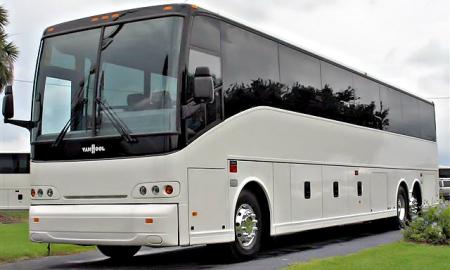Almost all bike rental start-ups follow the most common concept of business. It is a common belief that such business has a high-profit margin and a lot of opportunities when premium bikes are provided on rent for intercity travel and that too on the weekends especially. However, looking deep down inside it is discovered that the existence and opportunities lie mostly on the flip side of the business.
Over a couple of years, the demand for premium bikes has evolved for the better and now instead of an intercity ride people are more interested in renting bikes for the daily commute or even for a couple of weeks for adventure travel across the city, in the parks or on the mountains.
Downside Of Intercity Rides
You may wonder why it is so that intercity rides are not flourishing just like the way it should. Well, the most significant reason for this is the biggest flaw in renting premium bikes for intercity rides. This has a very low rate for repeat usage which is, in turn, the result of the high order value. This results in booking a bike for one in a quarter or so, which means there is a scalability issue for sure. Therefore, bike rental service providers got it all wrong right from the initial stage.
However, there is a logical solution to this. The rental fee is lowered so that the daily fees sum up to almost close to the bike rental fees that they received for one time or intercity rides.
Feature Of Weekday Bookings
To increase order bookings through daily bike rentals proved to be the most fruitful way to augment the growth of the startups by one level up. There are two types of model followed in this system of bike rental. One is the point A to point A model and the other is the point A to point B model. The features of point A to point A model include:
- The commuters only had to move from point A to point A in the city.
- It means you hire the bike from the designated parking, use it for the entire day and return it the same place at the end of the day.
- You will not be allowed to drop the bike at your office parking or any other near your office or any other point B in the city.
- The usability of the bike is limited to one specific user until it is returned to the point A.
On the other hand, in the point A to point B model commute, the bike is readily available once the user reaches the destination at point B. This means that the vehicle is not available to a single user and therefore the rate of usage of that specific bike increases in a day.
The Viability Factor
Logically, apparently and naturally it seems that the point A to B commute is much more feasible for the bike rental NYC companies rather than the point A to A commute.
- The A to B model has a greater scale of opportunity to increase business revenue. The companies that followed the point A to A model of bike rental switched to point A to B model soon realizing the scope in it.
- As for the commuters bike rental and the new model of commute came as a welcome respite to their daily commuting needs for the first and last mile of the city. There is no need to hire a second mode of transport or walk it after getting down from the public transportation to reach their home or office.
- Another significant aspect is the bike sharing concept. This has not only resulted in posing a challenge to the public transport to increase their ridership but has also positively impacted the environment.
There is low consumption of already scare energy, fewer polluting vehicles on the road and even lowering government expenditure.
It Is A Global Trend
Bike sharing is a global trend and is not new to it. However, the process of lending and renting bikes has changed over the years and things are much more simplified and convenient. As compared to the previous times, station-less bike sharing service has changed to point to point bike renting service.
In this system, the company chooses the designated spots for bike pick up and drop off and users can pick their choice. There is no need for a formal parking spot designated by the municipality across the city.
Use Of Technology
More advanced tech savvy rental companies dealing with motorized bikes as well have even gone a step further. Users can now use technology and download an app to spot a bike on the map showing its availability within the vicinity. All you have to do is confirm your booking and share an OTP to type into the inbuilt keypad to unlock the bike and use it. After using it, the user can punch in the code again to lock the bike again.
The most common areas where such tech-savvy bikes are parked include:
- Metro stations and bus terminals
- Petrol pumps and colleges
- Outside offices and housing societies
- Markets and malls and anywhere within their parking network.
One significant aspect is that such type of parking has allowed the local authorities as well as the owners of the parking space to make some incremental revenue.
The Broader Aspect
Daily rental service and bike sharingalso have a broader aspect which is promising for the entrepreneurs. It eats up the share of short distance rides the app cab giants. Tapping into the market of such giants, the bike rental service offers commuters to travel the same distance at a much lesser cost.
This, in fact, has proved to be the most sustainable mobility solution. This is an even more promising factor as cycling across all cultures will never die off globally for the poor as well as the rich.
Author Bio:-
Alexander Fernandise is blogger and content writer who write many articles on SEO, Business, Web Design and Technology. She enjoys reading new thing on internet. Most bike rental NYC companies thought about renting bikes for daily commuting is the most logical way to increase business revenue.






